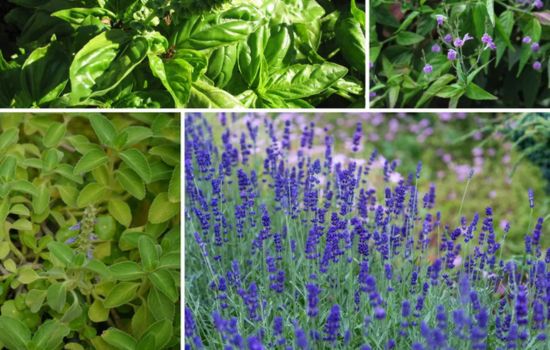4. Aloe Vera: The Healing Plant par Excellence
He aloe veraAloe vera, also known as aloe, is probably the most famous plant for its healing properties. This succulent plant is widely used in cosmetic and pharmaceutical products due to its benefits for the skin and overall health.
Properties of Aloe Vera:
Aloe vera is known for its ability to heal skin, but its benefits go far beyond that. This plant can also be beneficial for the digestive system, the immune system, and more.
- Healing: Aloe vera gel is known for speeding up the healing process of wounds, burns, and minor cuts. This gel can be applied directly to the skin to soothe pain and promote cell regeneration.
- Moisturizing: Aloe vera is an excellent skin moisturizer, helping to retain moisture and prevent dryness. It's used in cosmetic products such as moisturizers and lotions.
- Digestive properties: Aloe vera juice can help relieve digestive problems such as constipation and heartburn. It has also been shown to have positive effects on intestinal health, helping to balance intestinal flora.
- Anti-inflammatory: Aloe vera also has anti-inflammatory properties, which make it useful for relieving muscle and joint pain.
Common Uses of Aloe Vera:
- Skin gel: Aloe vera gel is ideal for soothing skin after sun exposure or treating minor burns. It can also be used to relieve insect bites and other skin irritations.
- Aloe vera juice: Consumed in small amounts, aloe vera juice can help improve digestion and relieve stomach problems.
- Beauty products: Many skincare products, such as creams and lotions, include aloe vera as a main ingredient due to its moisturizing properties.
5. Chlorophytum: The Air Purifying Plant
He chlorophytumSpider plant, also known as the spider plant, is another popular houseplant for its air-purifying properties. Although small, this plant is very effective at removing toxins from the environment.
Properties of Chlorophytum:
Chlorophytum is very efficient at absorbing chemical compounds and toxins present in the air, making it an excellent choice for purifying indoor environments.
- Air purifier: Chlorophytum is excellent at removing chemicals like formaldehyde and benzene, which are found in many cleaning products and furniture. Its air-purifying properties make it an ideal plant for homes and offices.
- Easy care: It requires little light and water, making it an ideal plant for people with little time or experience in gardening.
- Absorbs carbon dioxide: Like St. George's sword, chlorophytum also improves air quality by releasing oxygen at night. This helps maintain a cleaner and healthier environment.
Common Uses of Chlorophytum:
- Decorative plant: Its trailing appearance and green leaves make it perfect for interior decoration, especially in hanging pots. Chlorophytum adapts well to small spaces and low-light conditions.
- Air purifier: Ideal for offices and homes, where it helps maintain a cleaner and healthier environment. Placing several chlorophytum plants in your home can significantly improve air quality.
See also:
- 🌪️ Wicked 2: Everything we know about the highly anticipated sequel
- 🏆 App to watch the Grammys: how to enjoy the gala from your cell phone
- 🎮 GTA 6 ADIADO NOVAMENTE
- 🧟 The Mummy Returns: The return of a classic and the return of its stars
- Global expansion of the otaku phenomenon: anime communities, fashion, economy and culture around the world
Conclusion
Plants not only beautify our environment, but also play a crucial role in our health and well-being. From the lavender with its relaxing properties, to the chlorophytum, which purifies the air, these plants offer practical benefits that go beyond aesthetics. Having some of these plants in your home will not only improve air quality but also provide natural solutions for common health problems, such as dry skin, stress, and respiratory infections.
So, if you are looking to improve your home in a natural and healthy way, consider incorporating lavender, Sword of Saint George, English ivy, aloe vera and chlorophytum in your daily life. These plants not only bring beauty, but also give you the power of nature in its purest form.







